Search the Special Collections and Archives Portal
Search Results
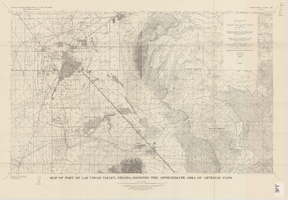
Map of part of Las Vegas Valley, Nevada, showing the approximate area of artesian flow, 1965
Date
Description
1780. Originally published as plate 2 of Available water supply of the Las Vegas ground-water basin, Nevada, by Glenn T. Malmberg, published by the Geological Survey in 1965 as its Water-supply paper 1780.
Image
Stuckless, J. S.; Marshall, B. D.; Vaniman, D.T.; Dudley, W. W.; Peterman, Z. E.; Paces, J.B.; Whelan, J.F.; Taylor, E. M.; Forester, R.M.; and O'Leary, D.W. 1998. "Comments on Overview of Calcite/Opal Deposits at or Near the Proposed High-Level Nuclear Waste Site. Yucca Mountain, Nevada, USA: Pedogenic, Hypogene, or Both." by C.A. Hill, Y.V. Dublyansky, R.S. Harmon. and C.M. Schluter. Environmental Geology. 34. (1), 70-78. New York, New York: Springer-Vertag, 1998
Level of Description
Archival Collection
Collection Name: Environmental Radiation Protection Standards for Yucca Mountain, Nevada
Box/Folder: Box 44
Archival Component
David L. Weide oral history interview
Identifier
Abstract
Oral history interview with David L. Weide conducted by Claytee D. White on May 31, 2007 for the Boyer Early Las Vegas Oral History Project. In this interview, Weide discusses his career as a geologist, teaching geology at the University of Nevada, Las Vegas, and the history of the University of Las Vegas, Nevada. Weide begins by explaining the history behind the name "Blue Diamond Village," how he came to study geology at the University of California, Los Angeles, and the employment process at UNLV. He describes the geological history of Nevada, hosting his own folk music program on the local radio station, KNPR, and his opinions on UNLV's intention to become a "Research One" institution.
Archival Collection
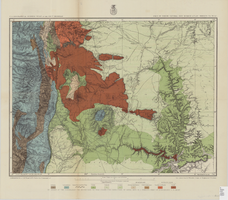
Map of part of north central New Mexico, atlas sheet no. 70(C), May 7th, 1877
Date
Description
Image
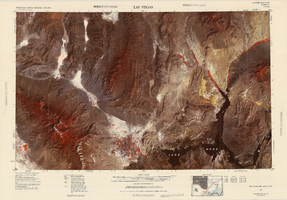
Satellite image map of the Las Vegas Valley, 1981
Date
Description
Image
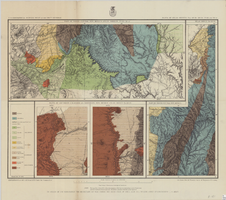
Map of part of North Central New Mexico atlas sheets 69(B), 69(D), 77(B) and 78(A), June 30, 1881
Date
Description
Image
Chester Longwell Photograph Collection
Identifier
Abstract
The Chester Longwell Photograph Collection consists of 608 black-and-white photographic prints dating from approximately 1910 to 1930. The images primarily depict the Longwell family's excursions in the Southern Nevada region, primarily to Mount Charleston, Nevada. Also included are images of Southern Nevada mines and mining towns, as well as Pubelo Grande de Nevada, the Lost City. The remaining images depict geological formations and features, as well as forestry and nature scenes in Nevada and Arizona.
Archival Collection
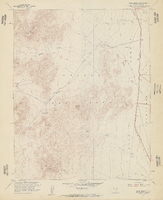
Topographic map of Cane Spring, Nevada quadrangle, 1961
Date
Description
For sale by the U.S. Geological Survey
Image

Map of part of Las Vegas Valley, Nevada, showing the approximate piezometric surface in 1912
Date
Description
1780. Originally published as plate 7 of Available water supply of the Las Vegas ground-water basin, Nevada, by Glenn T. Malmberg, published by the Geological Survey in 1965 as its Water-supply paper 1780.
Image
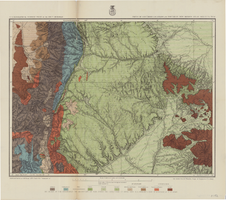
Map of parts of southern Colorado and northern New Mexico, atlas sheet no. 70(A), 1877
Date
Description
Image
